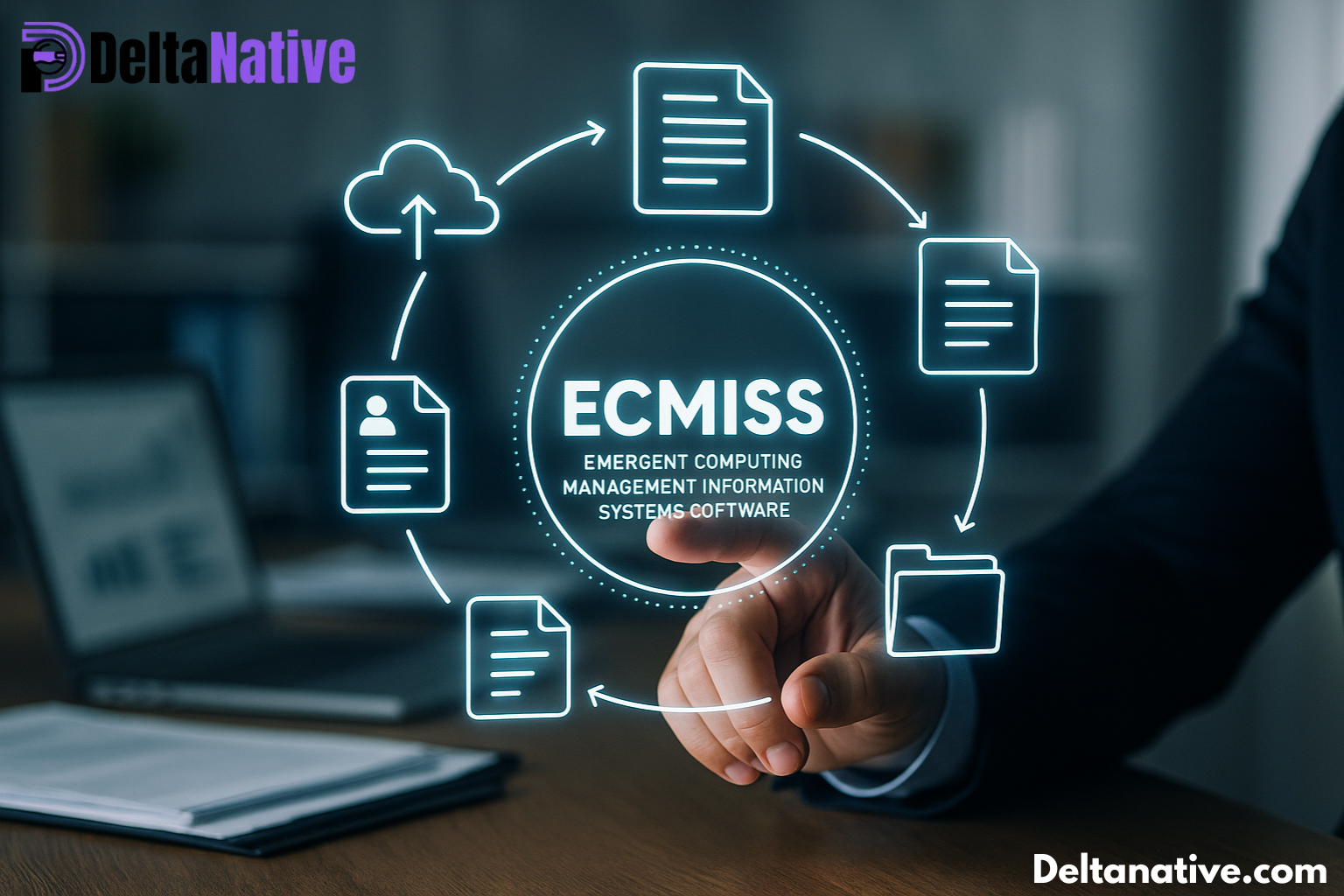Introduction
In the modern digital economy, enterprises face a constant balancing act: how to leverage the flexibility and scalability of cloud computing without compromising on security, compliance, and operational control. Cloud adoption rates are at an all-time high, with businesses using multiple providers for different workloads. However, the complexity of managing multi-cloud environments—and the growing sophistication of cyber threats—has created an urgent need for unified solutions.
ECMISS, short for Enterprise Cloud Management & Integrated Security System, addresses this challenge head-on. It’s a centralized platform that enables organizations to manage their entire cloud ecosystem—across multiple providers—while embedding advanced security measures and compliance controls directly into the operational workflow.
What Is ECMISS?
At its core, ECMISS is both a framework and a platform. It’s designed to:
- Centralize cloud management — Unify the administration of multiple cloud services in one dashboard.
- Integrate security — Embed advanced security protocols into every layer of the cloud environment.
- Streamline compliance — Automate regulatory adherence for frameworks like GDPR, HIPAA, ISO 27001, and SOC 2.
Unlike traditional cloud management tools, ECMISS doesn’t treat security as an add-on—it’s woven into every operational layer.
Also Read: PLG Supplies: Your Trusted Partner for Tools, Materials, and Trade Solutions
Industry Context: Why ECMISS Is Relevant Now
The global multi-cloud management market is expected to grow rapidly in the next five years. Key drivers include:
- Hybrid Workforces: More employees working remotely, requiring secure cloud access from anywhere.
- Cybersecurity Threats: Ransomware and zero-day exploits targeting cloud environments.
- Regulatory Pressure: Increasing fines for non-compliance in data handling.
- Cloud Fragmentation: Businesses juggling AWS for storage, Azure for AI, and Google Cloud for analytics.
ECMISS directly addresses these pain points by offering a single point of control for all cloud assets.
Key Features of ECMISS
Unified Management Dashboard
A single interface to manage workloads across multiple providers, including live metrics for CPU usage, memory allocation, and network performance.
Integrated Threat Intelligence
Built-in AI-driven systems that detect suspicious patterns, block unauthorized access, and update defenses automatically.
Role-Based Access Control (RBAC)
Granular permissions to ensure employees can only access resources necessary for their role.
Automated Compliance Checks
Continuous scanning for compliance with industry standards, producing ready-to-submit audit reports.
Performance Optimization Tools
Automated load balancing, resource scaling, and cost forecasting.
Advantages of ECMISS Over Traditional Tools
- Single Pane of Glass: No need to log into multiple provider dashboards.
- Security by Design: Security tools are built-in, not bolted on.
- Vendor Neutrality: Works with AWS, Azure, Google Cloud, and private clouds.
- Proactive Problem Solving: AI flags and resolves issues before they impact uptime.
- Regulatory Peace of Mind: Automatic policy updates to keep pace with evolving laws.
Step-by-Step Implementation Guide for ECMISS
Step 1 – Needs Assessment
Map out all your current cloud services, security protocols, and compliance obligations.
Step 2 – Integration Planning
Determine which services will be connected to ECMISS and in what order, starting with mission-critical systems.
Step 3 – Security Configuration
Set encryption standards, intrusion detection thresholds, and incident response protocols.
Step 4 – Migration and Sync
Link each cloud service to ECMISS and allow the system to synchronize resource data.
Step 5 – Staff Training
Educate administrators and security teams on using the dashboard effectively.
Step 6 – Continuous Monitoring
Review analytics regularly, respond to alerts promptly, and tweak settings for optimal efficiency.
Real-World Applications of ECMISS
- Financial Services: Meeting strict compliance demands while maintaining rapid transaction processing.
- Healthcare: Protecting patient records under HIPAA while allowing secure telehealth access.
- E-commerce: Preventing downtime during seasonal surges through automated scaling.
- Government Agencies: Managing sensitive workloads in hybrid cloud environments with strict security clearance levels.
- Manufacturing: Monitoring IoT-connected equipment in real time while safeguarding proprietary designs.
Challenges in ECMISS Adoption
Legacy System Compatibility
Older on-premise tools may require API connectors or phased migration.
Change Management Resistance
Staff may be hesitant to adopt a centralized system without proper training.
Cost Management
Initial setup costs may be significant, but ROI is typically realized through reduced downtime and improved security.
Future Trends for ECMISS
- Deeper AI Integration: Predictive analytics for capacity planning and risk assessment.
- Edge Computing Support: Extending management to edge devices for real-time decision-making.
- Quantum-Safe Security: Adapting encryption methods for the quantum computing era.
- Zero Trust Architectures: Further minimizing attack surfaces within cloud ecosystems.
Also Read: YWMLFZ 48W Cordless: A Versatile Solution for Portable Power and Lighting
Conclusion
ECMISS is not just a tool—it’s a strategy for achieving complete visibility, control, and security over enterprise cloud operations. In a world where cloud environments are becoming more fragmented and threats more advanced, having a centralized, security-first management system is no longer a luxury—it’s a necessity. Businesses that adopt ECMISS can expect improved efficiency, reduced risk, and a stronger competitive edge in their digital transformation journey.
FAQs
1. What does ECMISS stand for?
Enterprise Cloud Management & Integrated Security System.
2. Is ECMISS compatible with private clouds?
Yes, it supports both public and private cloud architectures.
3. Does ECMISS require replacing existing cloud services?
No, it integrates with your current providers without replacing them.
4. How does ECMISS improve compliance?
It continuously scans for compliance violations and produces audit-ready reports.
5. Is ECMISS suitable for startups?
While designed for large enterprises, startups with complex cloud needs can also benefit.

